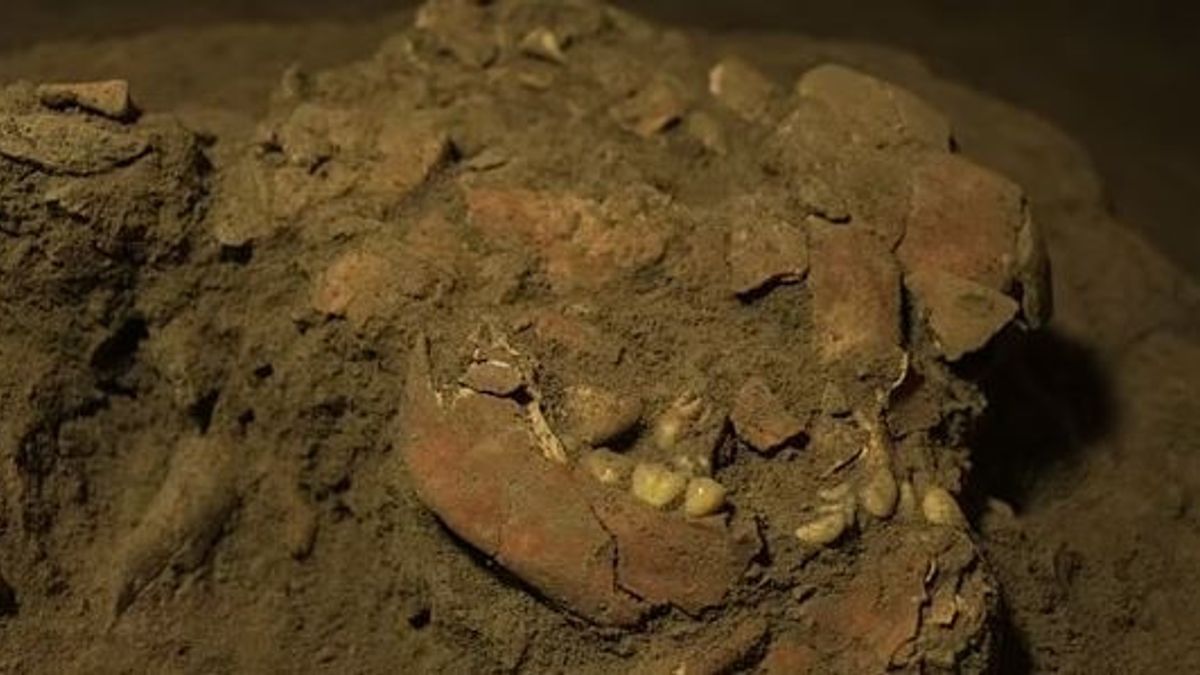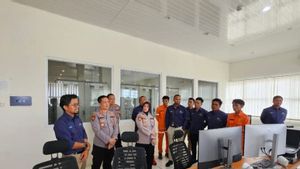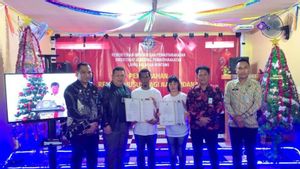JAKARTA - The 7,200-year-old skeleton of a young woman was recently discovered in Sulawesi. This Indonesian skeleton has been identified as a 'new type of ancient human' from a group called the Toaleans, who died only 1,500 years ago.
An international team of researchers isolated DNA from ancient homo sapiens, which was found in a cave called Leang Panninge (Bat Cave) in South Sulawesi.
The skeleton, named Bessé, is the first known skeleton from an early foraging culture called the Toaleans, 'hunter-gatherer sailors' who lived in South Sulawesi from 8,000 to 1,500 years ago.
According to the researchers Bessé, who was found buried in a fetal position and partially covered in rocks, was between 17 and 18 years old at the time of death.
Stone tools and red ocher, an iron-rich stone used to make pigment, were found in his grave, along with the bones of hunted beasts.
Bessé is a rare 'genetic fossil', and about half of its genetic makeup is the same as today's Indigenous Australians and those of New Guinea and the Western Pacific islands.
This includes DNA inherited from a now-extinct human species called the Denisovans, distant cousins of Neanderthals whose fossils are found only in Siberia and Tibet. It is still unclear what happened to the Toalean culture and its people.
Archaeologists nicknamed her Bessé, it was customary among the royal family to give this nickname to newborn princesses before they were officially named.
Selina Carlhoff, a doctoral candidate at the Max Planck Institute for the Science of Human History and lead author of the study, isolated DNA from fossilized skull bones. "That is a big challenge because the remains have been highly degraded by the tropical climate", he said as quoted by the Dailymail.
SEE ALSO:
Through radiocarbon dating, the team was able to date Bessé's remains between about 7,300 to 7,200 years.
The Toalean culture, of which Bessé is a part, is found only in a relatively small area of the southern peninsula of Sulawesi.
Sulawesi, the world's eleventh-largest island, is part of a geographical transition zone called Wallacea and is one of the 'Wallace Islands'.
The new study, published in the latest issue of Nature, marks the first time ancient human DNA has been reported from Wallacea.
according to study co-lead Professor Adam Brumm at Griffith University, Queensland, Australia, Bessé is also the first relatively complete skeleton to be found alongside a safely dated Toaleans artifact,
The English, Chinese, Japanese, Arabic, and French versions are automatically generated by the AI. So there may still be inaccuracies in translating, please always see Indonesian as our main language. (system supported by DigitalSiber.id)

















